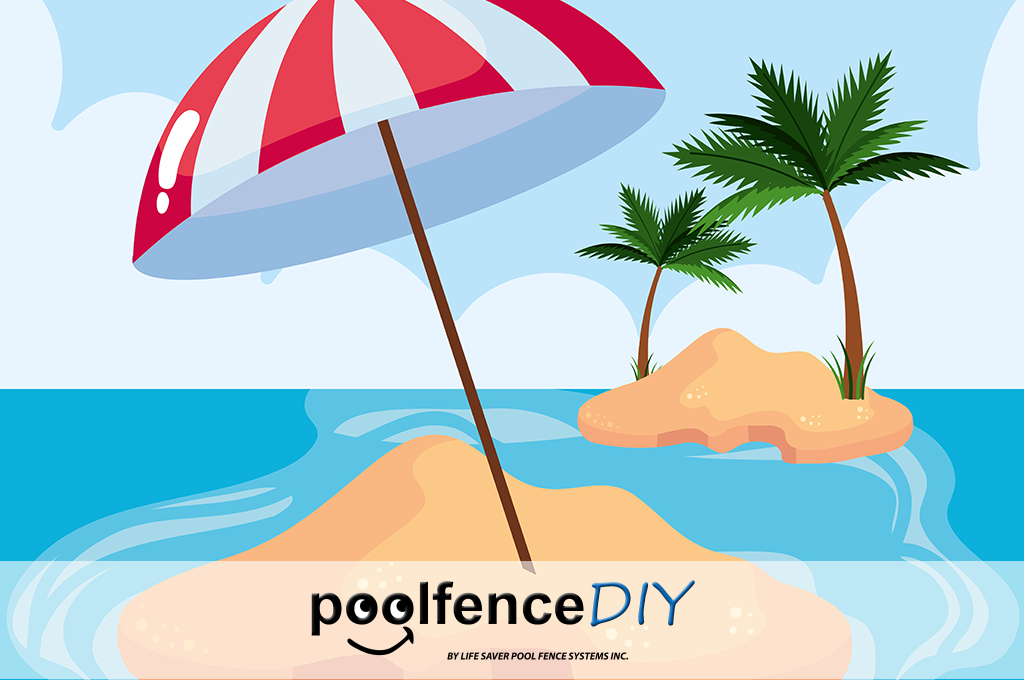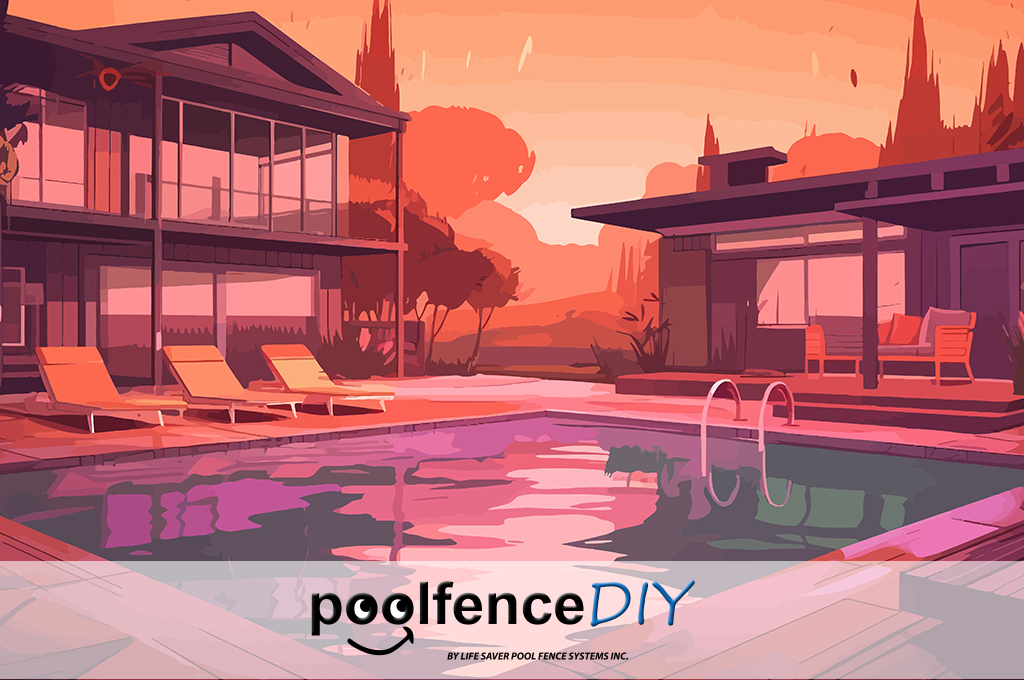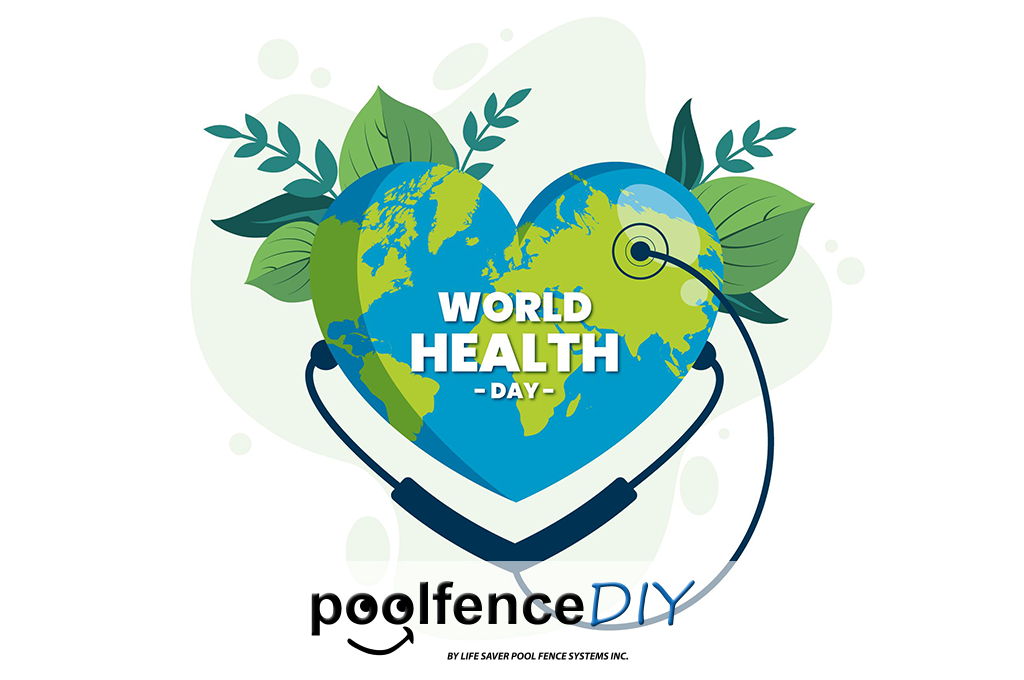Do you know the value of learning CPR? When a drowning occurs, CPR can mean the difference between life and death.
Here at Pool Fence DIY, water safety is our highest priority. In the past, we’ve explored the importance of
swimming lessons and
how to rescue a drowning person. Today, we will explain the value of learning CPR.
Drowning Danger: Every Minute Counts
When a person is drowning and trapped under water for two minutes, his or her survival rate immediately drops down to 94%. By three minutes, the person’s heart stops. At four minutes, they’ll experience irreversible brain damage. After 10 minutes, the victim has only a 14% survival rate. Every single minute can be critical.
To counteract this, a rescuer must act quickly. That's where CPR comes in!
What is CPR?
Cardiopulmonary resuscitation, or CPR, is one of the most useful lifesaving techniques known to mankind. When properly used, it can mean the difference between life and death in a variety of dangerous situations. Obviously, today we will be focusing on learning CPR to help when a person has drowned.
CPR uses a combination of hands-only chest compressions and specific breathing techniques. The American Heart Association (AHA) recommends that everyone begins performing CPR with these chest compressions until medical professionals arrive. Typically, it is best to aim for roughly 100-120 compressions a minute.
You may be familiar with the “Bee Gees” method of CPR. To be sure of the proper timing for your hand compressions, hum along to the tune of
“Stayin' Alive” by the Bee Gees!
Ah, ha, ha, ha, stayin' alive, stayin' alive.
Now keep that up until the paramedics have arrived! Believe it or not, this Bee Gees tip is officially approved by the AHA. You can watch it in action in this video:
https://www.youtube.com/watch?v=n5hP4DIBCEE
Certified: Learning CPR
Of course, learning CPR isn’t quite that easy. It requires taking a certification course. Everyone should be properly trained. Fortunately, it is quite easy to find a proper CPR class. No matter where you live, there is likely a training course near you. To find a class, pay a visit to the American Red Cross at
www.redcross.org/take-a-class/cpr.
These certification courses are relatively short and can help you save the life of a person you love. If you’re interested in learning CPR but that link isn’t working for your local area, contact the American Red Cross by phone. You can call 1-800-RED-CROSS to find an organization near you that offers approved training courses.
It should be noted that the CPR techniques needed to save an infant or child are a bit different than those used on adults. While most classes will cover techniques needed for all age groups, be sure that you are signing up for the class that is most appropriate for your needs. If you aren’t sure, just ask!
Don’t Get Rusty... Recertify!
Here is something many people don’t realize: CPR certification needs to be renewed every two years! It’s true. A person actively learning CPR has all of this lifesaving data right at the top of their mind. However, as time rolls on, it is easy to forget the critical details of training. To combat this, the American Red Cross also offers
recertification courses. These allow and encourage the participants to refresh their memories, renew their skills and stay current with the latest CPR techniques.
When it comes to water safety, CPR truly is a life-saver. It should be a critical tool in every person’s toolbox.





